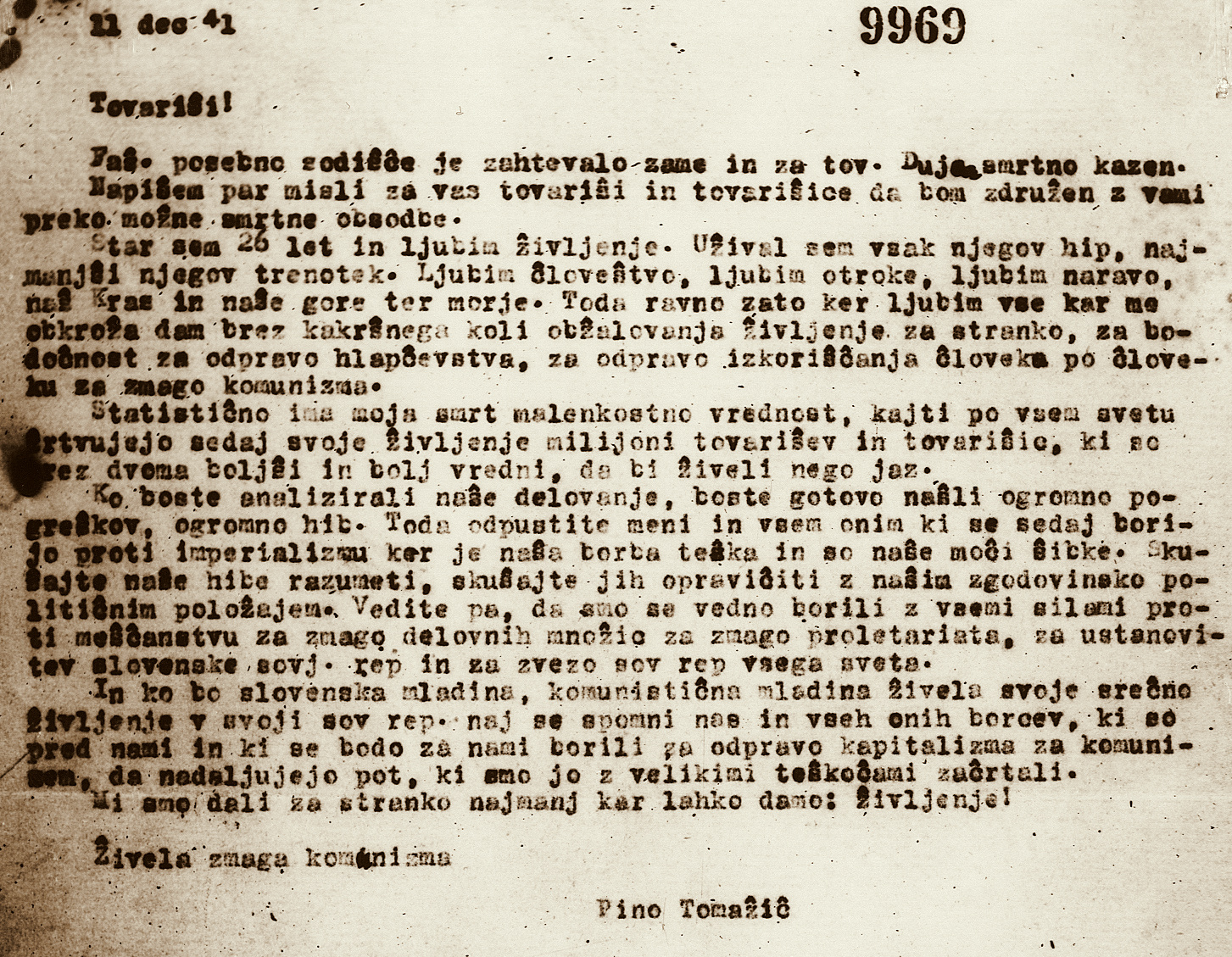Prisons
The Fascists’ Special Tribunal usually sat in Rome, in the notorious Aula IV. Between 1927 and 1943 it heard 131 trials (out of a total 978) involving Slovenes and Croats from the Julian March, at which 544 individuals (of a total 4,596) were found guilty. A total of 42 death penalties were handed down, 33 of them to Slovenes and Croats.
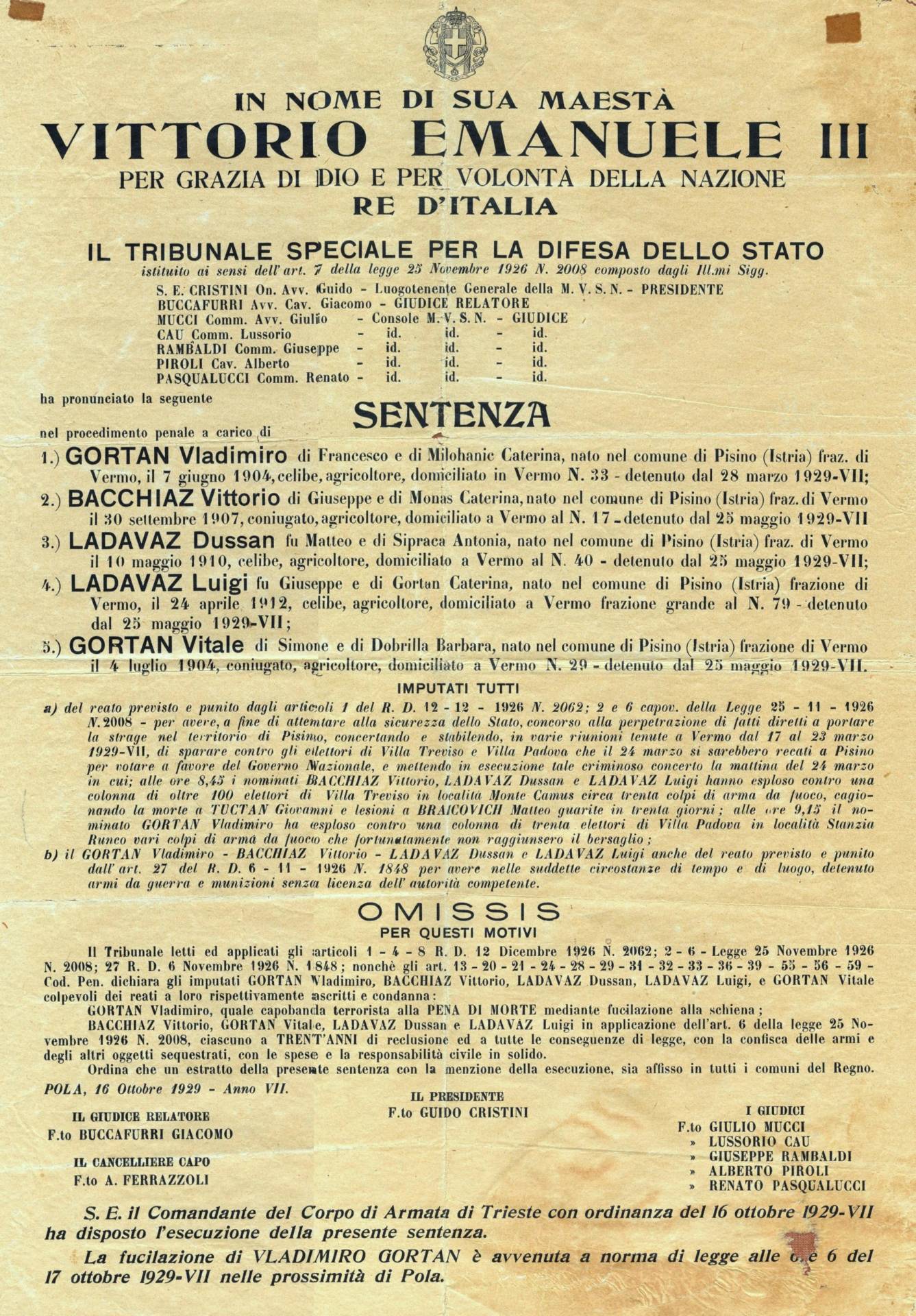 The first victim from the Julian March sentenced to death by the Special Tribunal was Vladimir Gortan, a member of the Istrian branch of Borba.
The first victim from the Julian March sentenced to death by the Special Tribunal was Vladimir Gortan, a member of the Istrian branch of Borba.
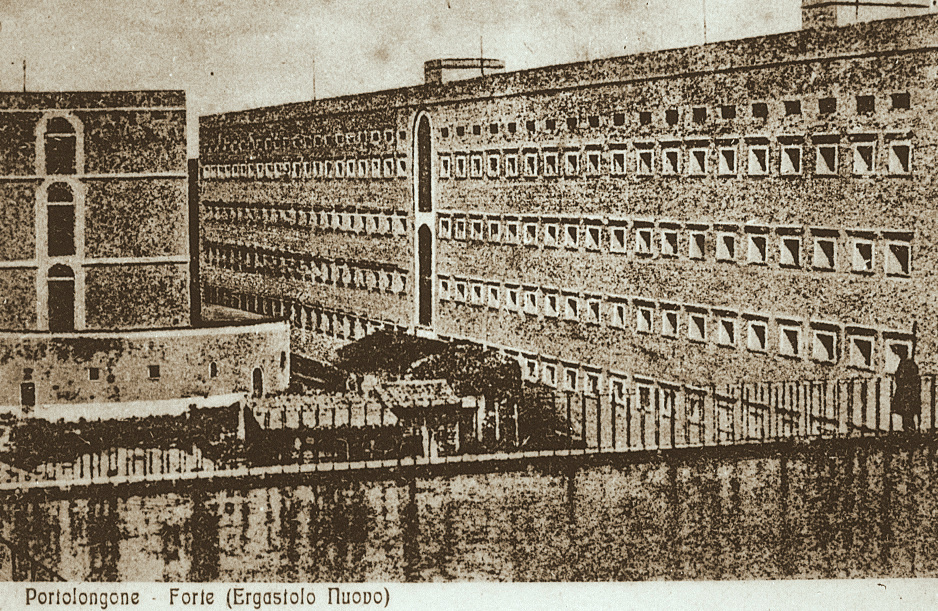 Prison building in Porto Longone on the island of Elba.
Prison building in Porto Longone on the island of Elba.
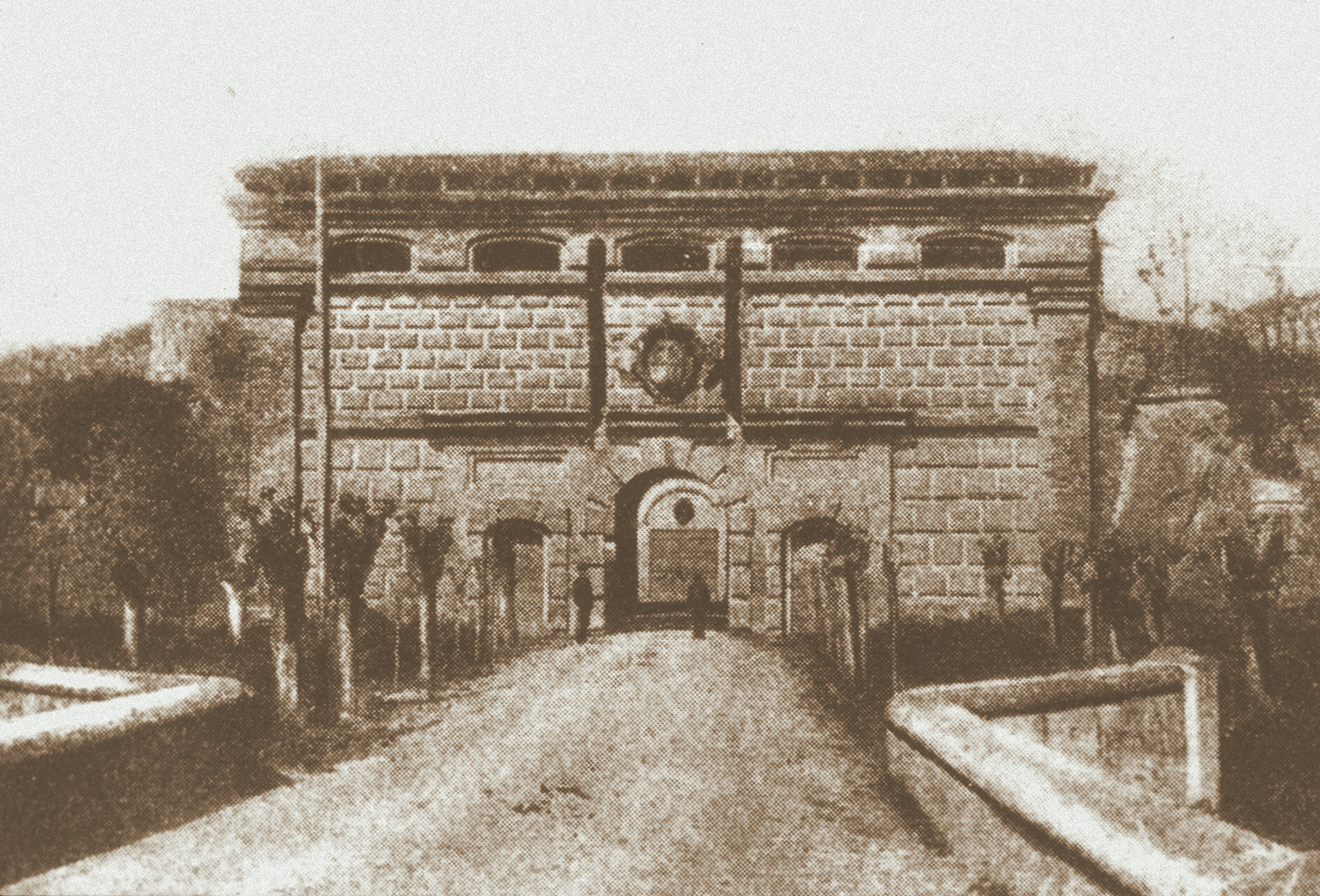 Forte Urbano near Castelfranco Emilia in the province of Modena. Those condemned at the Second Trieste Trial served their sentences here.
Forte Urbano near Castelfranco Emilia in the province of Modena. Those condemned at the Second Trieste Trial served their sentences here.
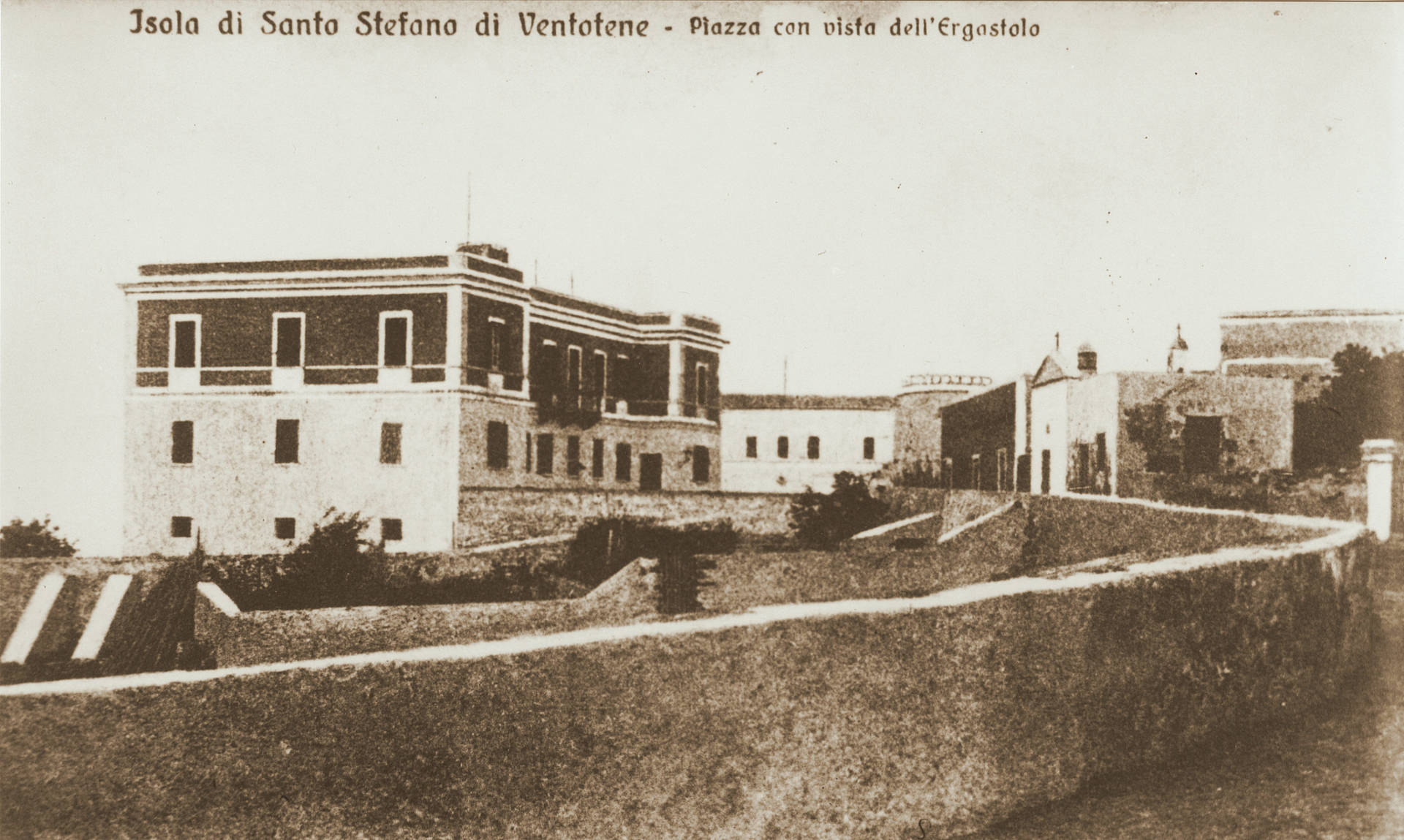 Ventotene – prison building.
Ventotene – prison building.
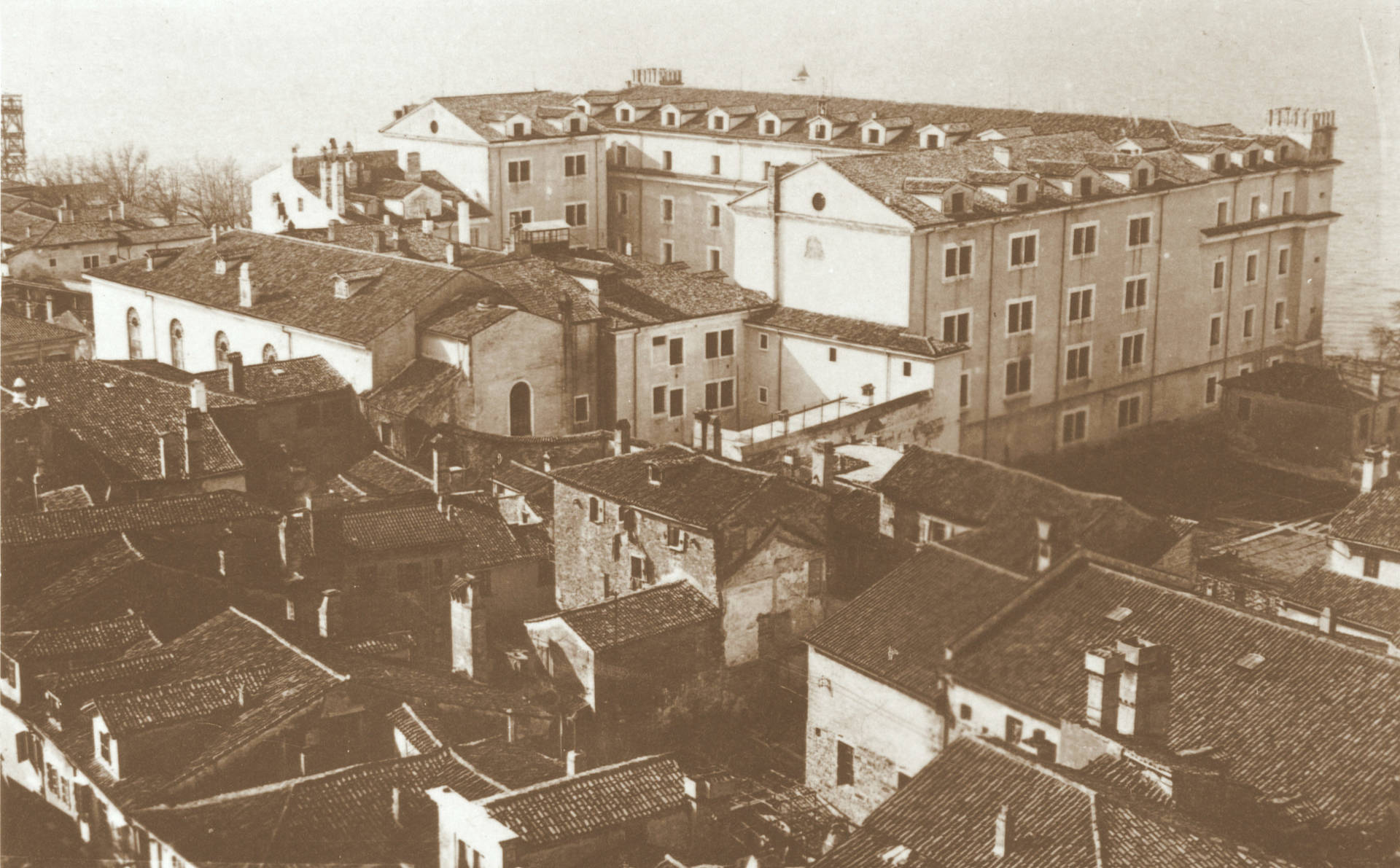 The prison in Koper, built by the Austrians, served as a preventive detention centre. Throughout the Fascist period it was full of Slovene, Croatian and Italian antifascists. It was demolished after the Second World War.
The prison in Koper, built by the Austrians, served as a preventive detention centre. Throughout the Fascist period it was full of Slovene, Croatian and Italian antifascists. It was demolished after the Second World War.


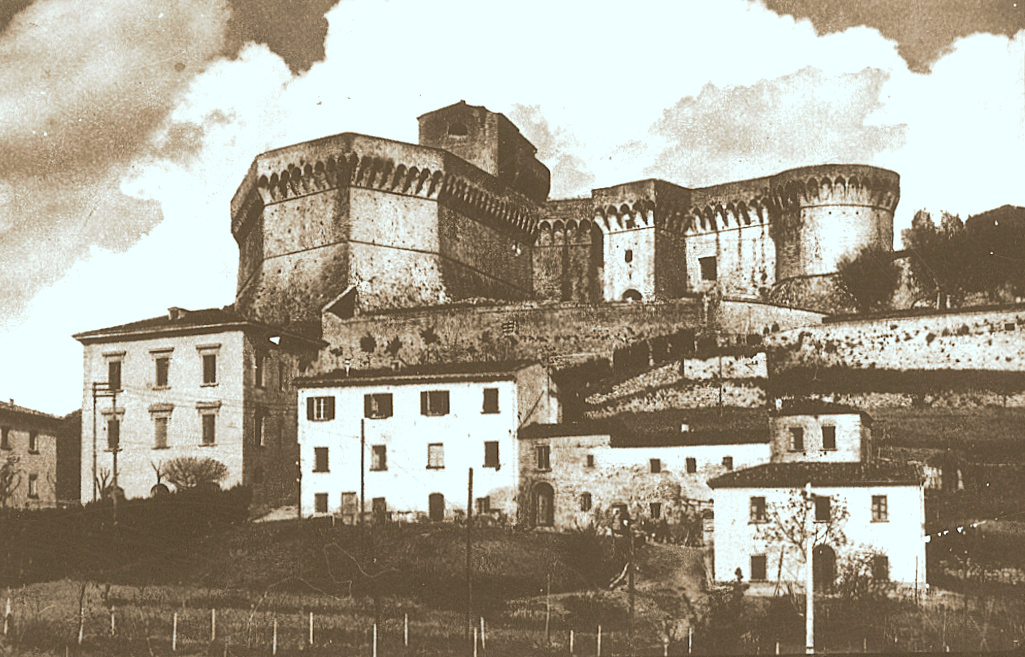 Women’s prison in Volterra.
Women’s prison in Volterra.
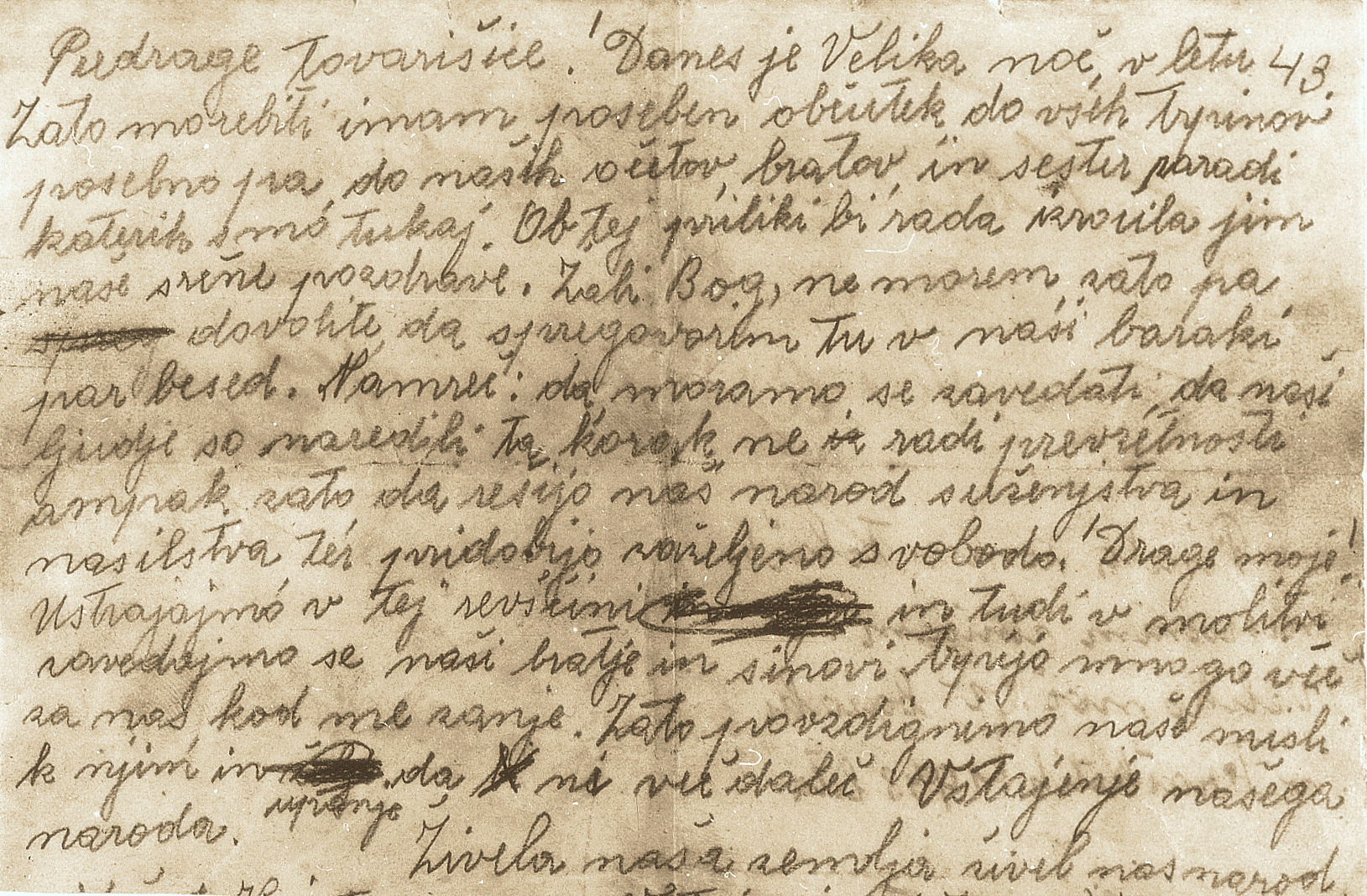 Letter written in prison by Tereza Čehovin offering comfort to her fellow prisoners at Easter in 1943.
Letter written in prison by Tereza Čehovin offering comfort to her fellow prisoners at Easter in 1943.
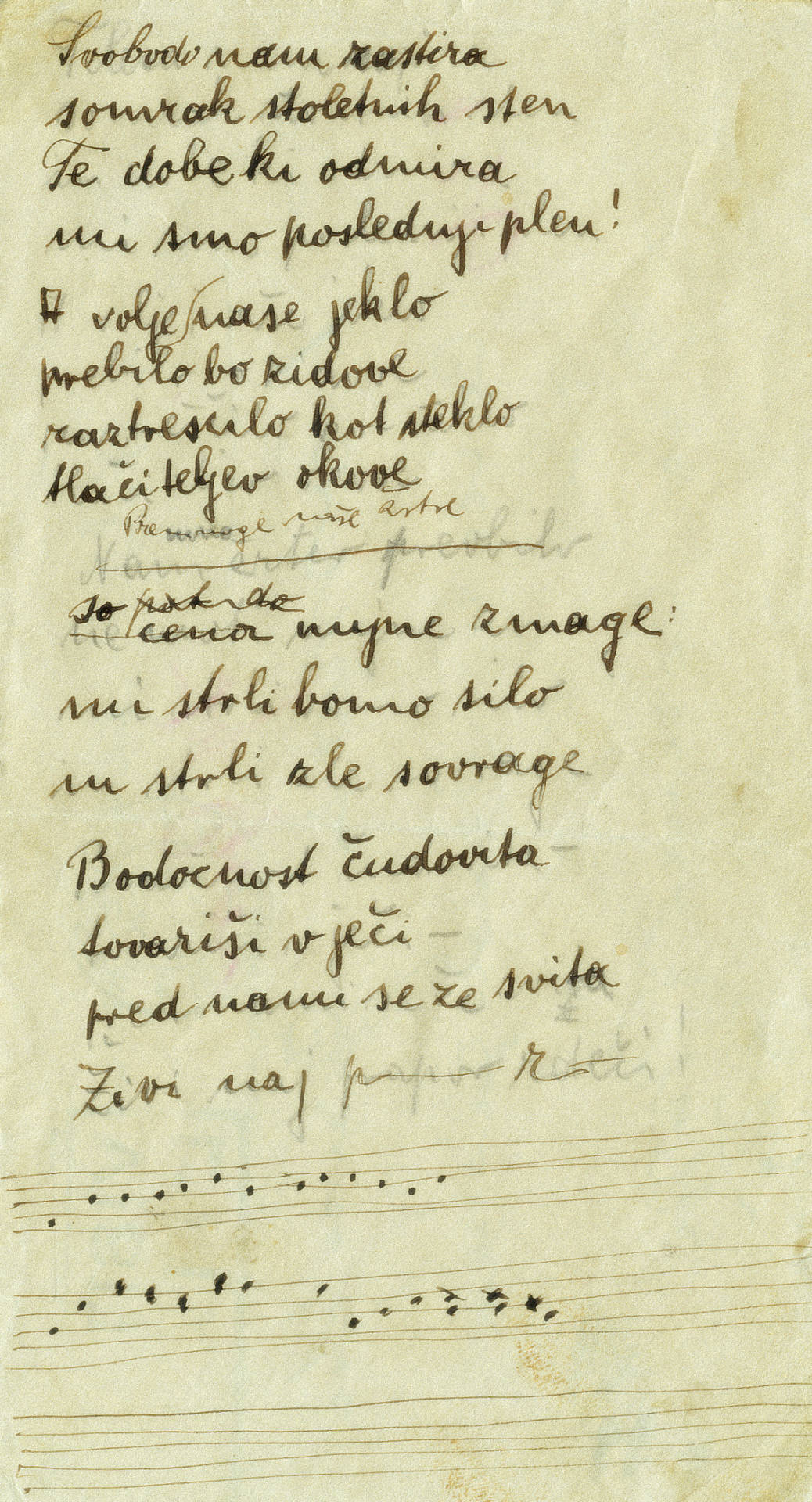 Poems written by Pinko Tomažič in prison.
Poems written by Pinko Tomažič in prison.
 Poems written by Pinko Tomažič in prison.
Poems written by Pinko Tomažič in prison.
First Trieste Trial
Over the course of its existence, the Special Tribunal transferred its operations to Trieste on two occasions, a clear signal that capital punishments were going to follow. The direct cause of the First Trieste Trial was the attack on the editorial offices of the Fascist newspaper Il Popolo di Trieste in February 1930. Charges were brought against 87 individuals, of whom only 52 were arrested. The first part of the trial which ran from 1 to 5 September 1930, brought 18 of the accused before the Tribunal. A year later a further 30 were tried. The sentences were extremely harsh and were widely reported in the foreign press. Four young men were sentenced to death, while others were given prison sentences ranging from 30 years to two and a half years. There were two acquittals.
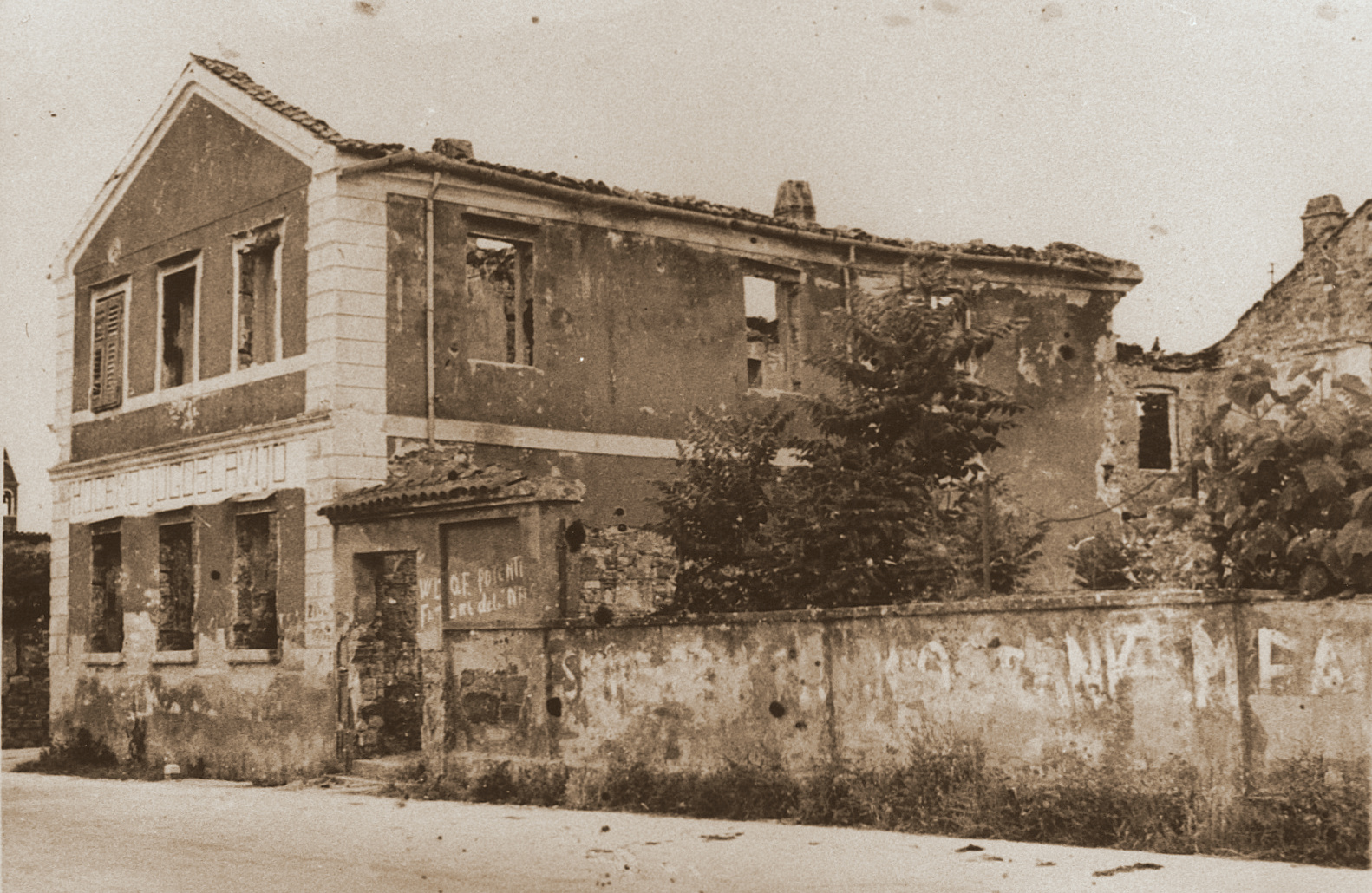 The carabinieri station in Semedela where the “heroes of Basovizza” were tortured.
The carabinieri station in Semedela where the “heroes of Basovizza” were tortured.
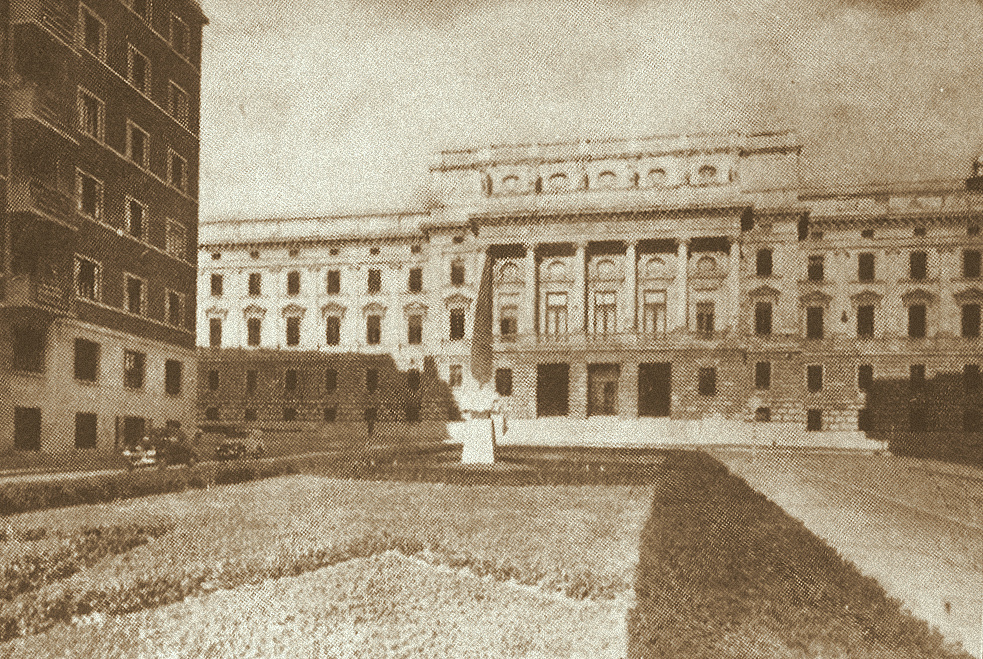 Palace of Justice in Trieste, where the trial took place.
Palace of Justice in Trieste, where the trial took place.

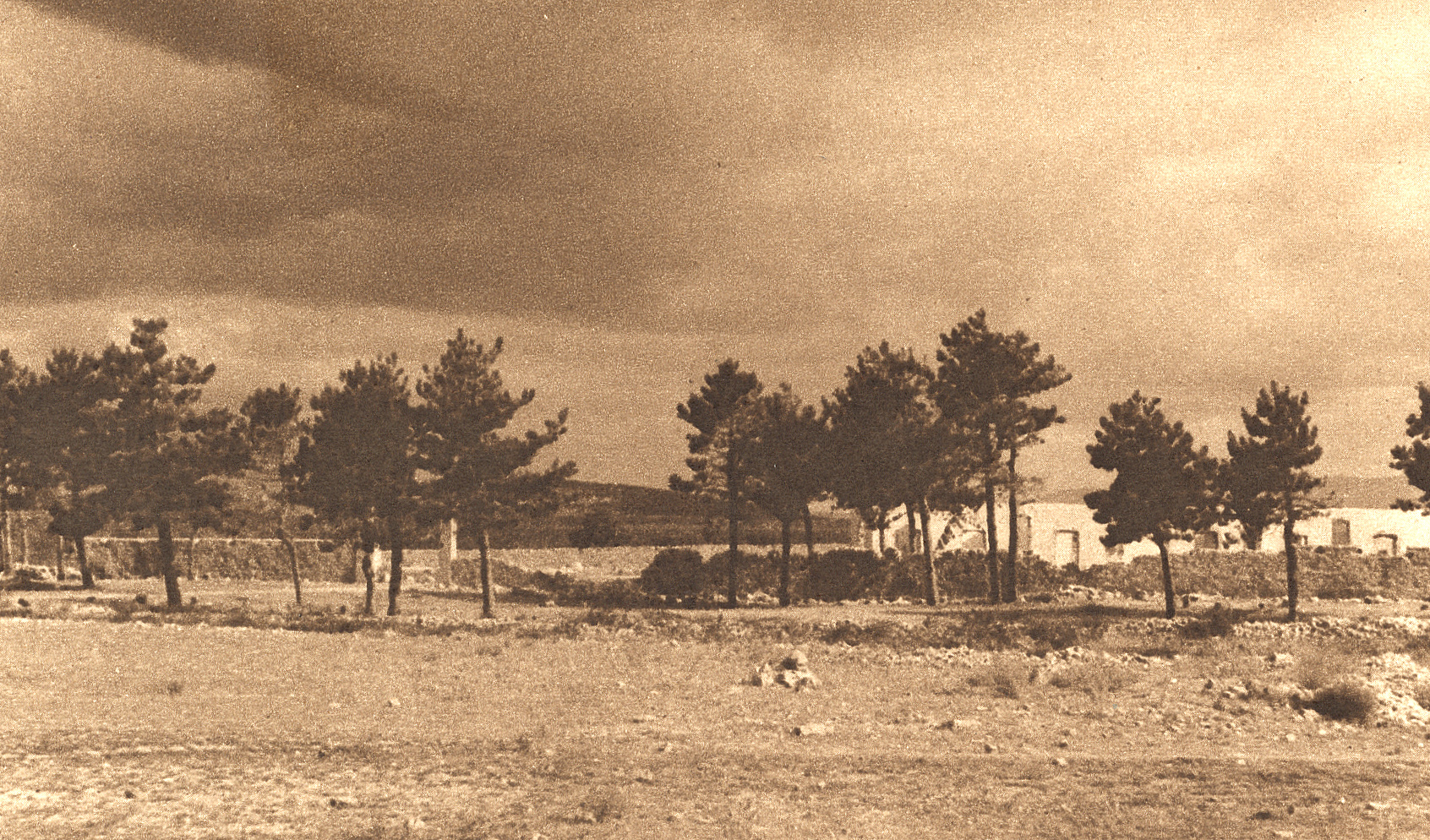 Common in Basovizza where the four sentenced to death at the First Trieste Trial were executed on 6 September 1930.
Common in Basovizza where the four sentenced to death at the First Trieste Trial were executed on 6 September 1930.
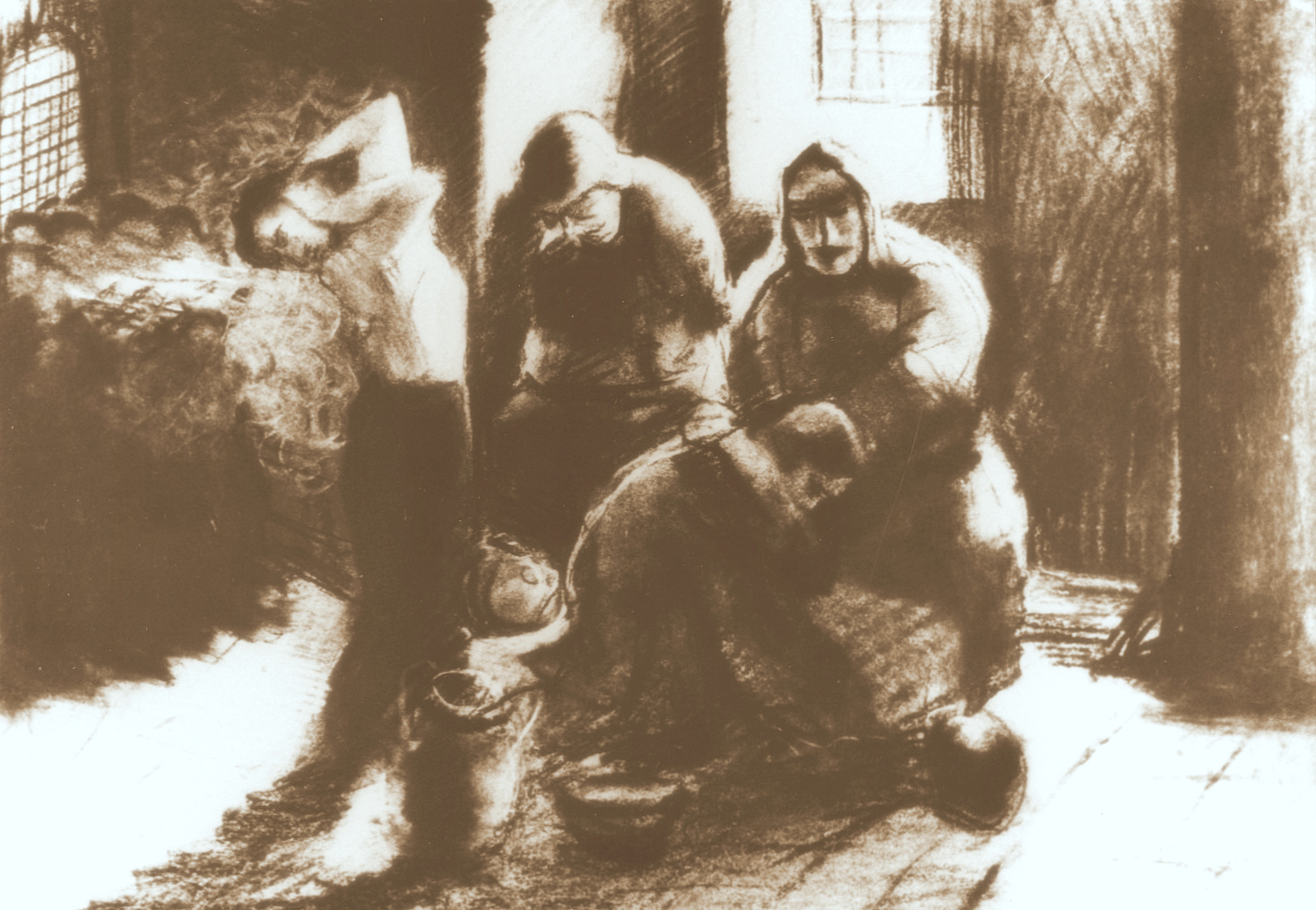 Just Hvala, Before the Execution.
Just Hvala, Before the Execution.
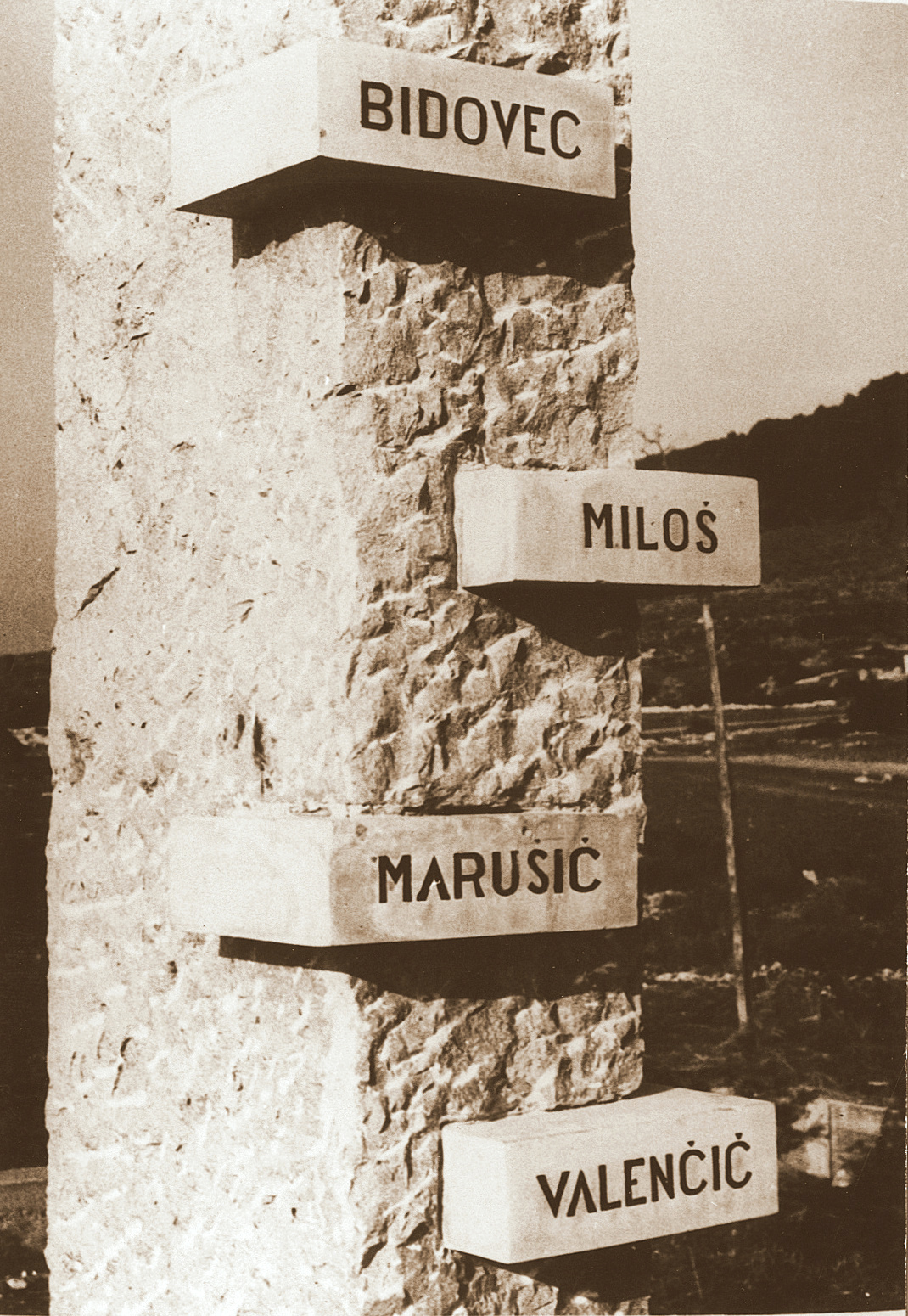 Memorial on the common in Basovizza.
Memorial on the common in Basovizza.
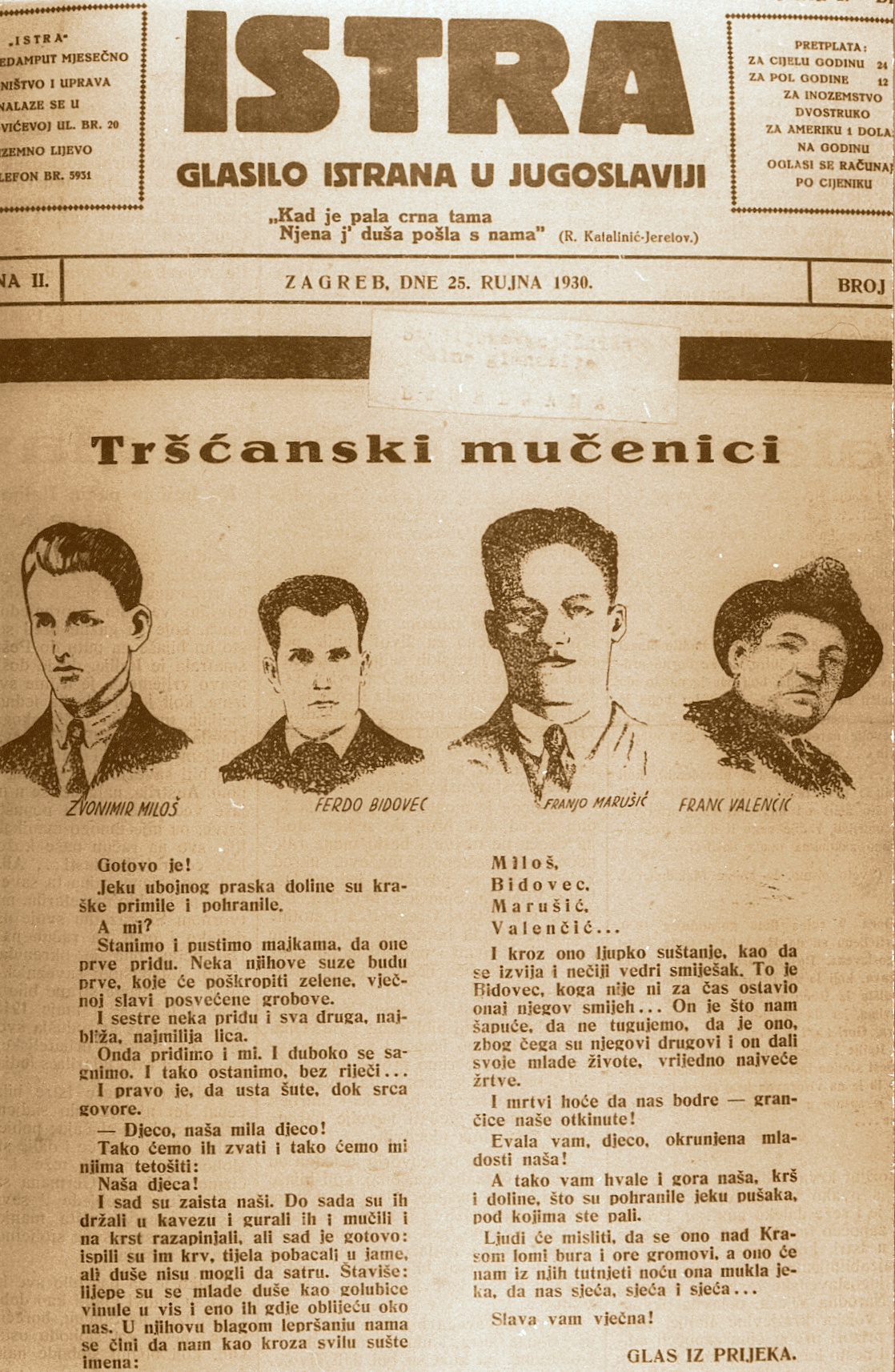 Istra, the newspaper of the League of Yugoslav Emigrants from the Julian March, on the fifth anniversary of the executions.
Istra, the newspaper of the League of Yugoslav Emigrants from the Julian March, on the fifth anniversary of the executions.
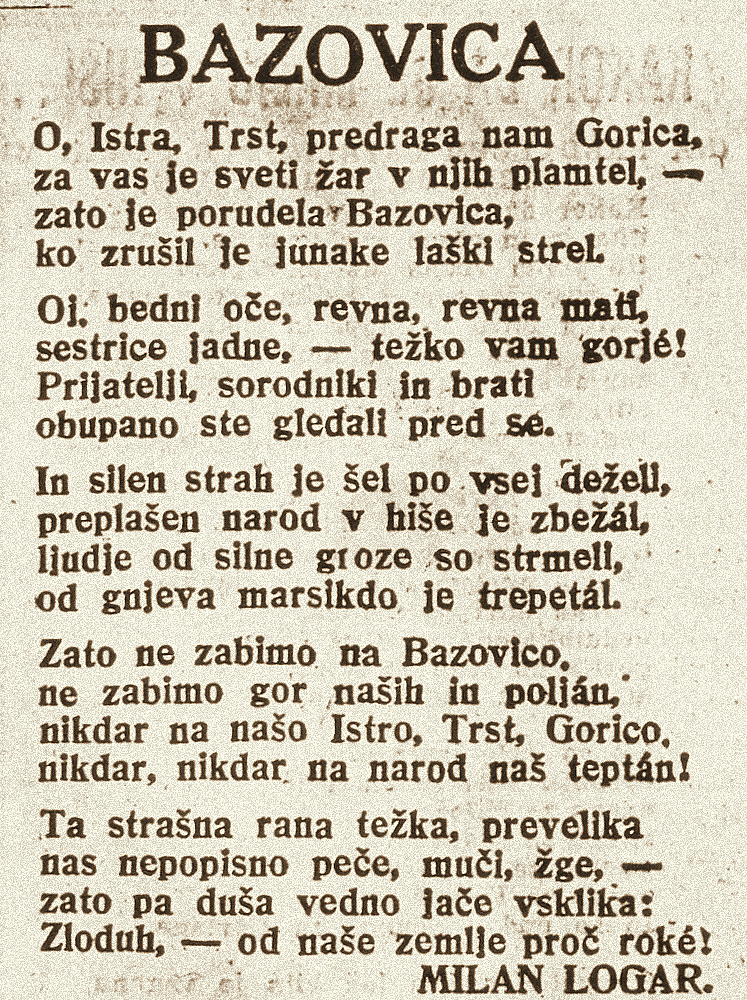
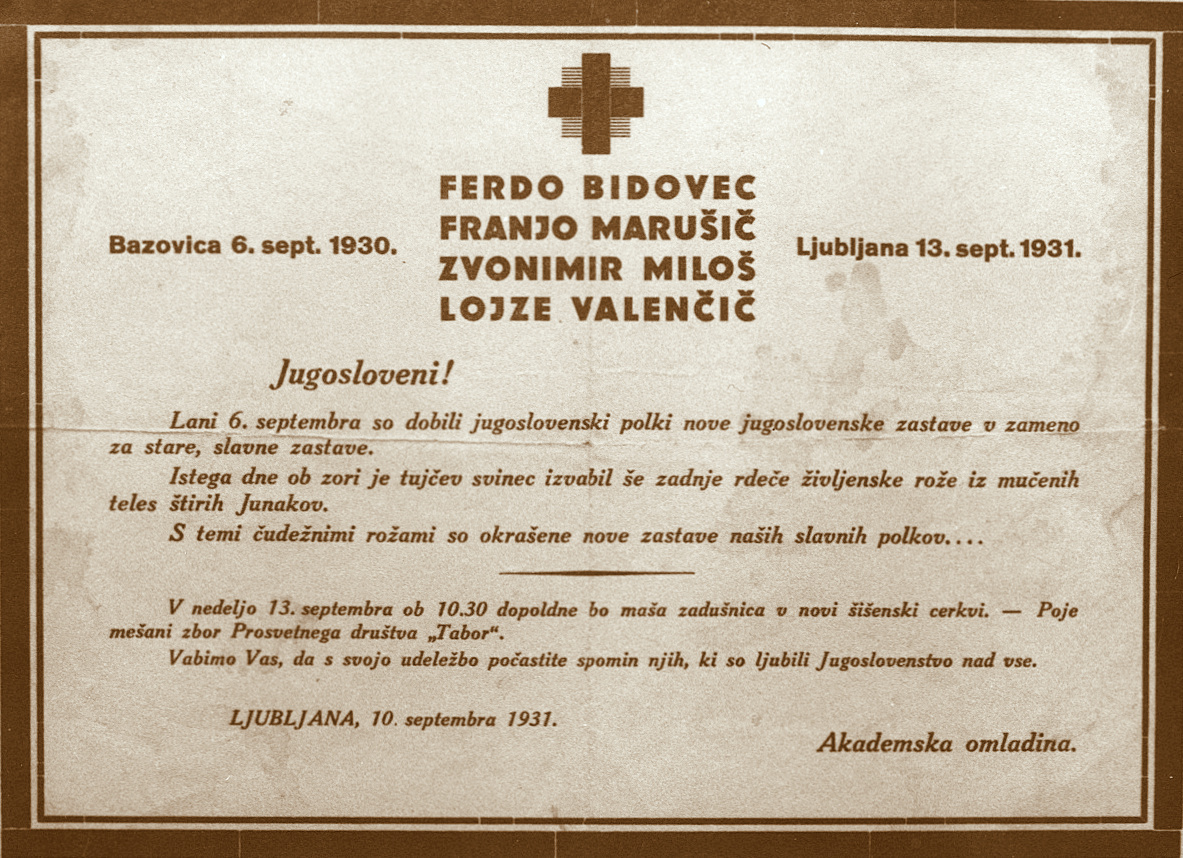 Youth organisation Akademska Omladina remembers the “heroes of Basovizza” on the first anniversary of their execution.
Youth organisation Akademska Omladina remembers the “heroes of Basovizza” on the first anniversary of their execution.
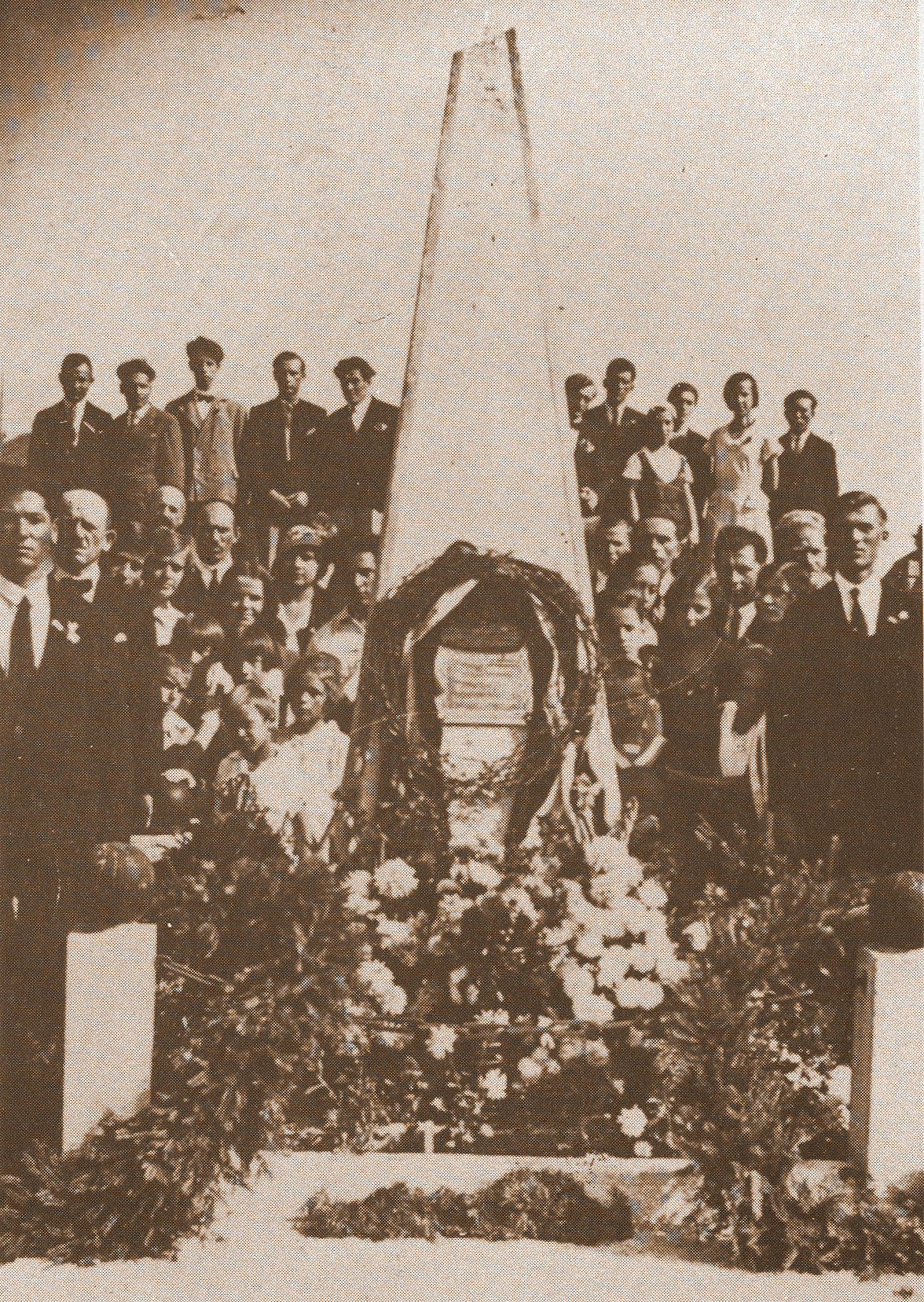 A monument to the “heroes of Basovizza” was unveiled in Kranj in 1931.
A monument to the “heroes of Basovizza” was unveiled in Kranj in 1931.
Second Trieste Trial
The Special Tribunal returned to Trieste in December 1941. In the midst of its preparations to enter the war, Italy first had to neutralise the internal enemy. Arrests began in March 1940 and ended with the capture of a number of emigrants following the occupation of what Italy called the Province of Ljubljana. A total of around 300 people were arrested, of whom 60 were brought before the Tribunal, while 45 were sent into confinement or internal exile. The remainder received cautions or reprimands. Those tried included Communists, nationalists (Liberals and Christian Socialists) and national revolutionaries. They were accused of belonging to a nationalist movement that was attempting to destroy the integrity and unity of the country using all the forms of action characteristic of such movements. The trial ran from 2 to 14 December 1941 and ended with nine death sentences (of which four were commuted to life imprisonment that same evening). Four of the accused were acquitted, while the remainder were sentenced to a total of 978 and a half years in prison.

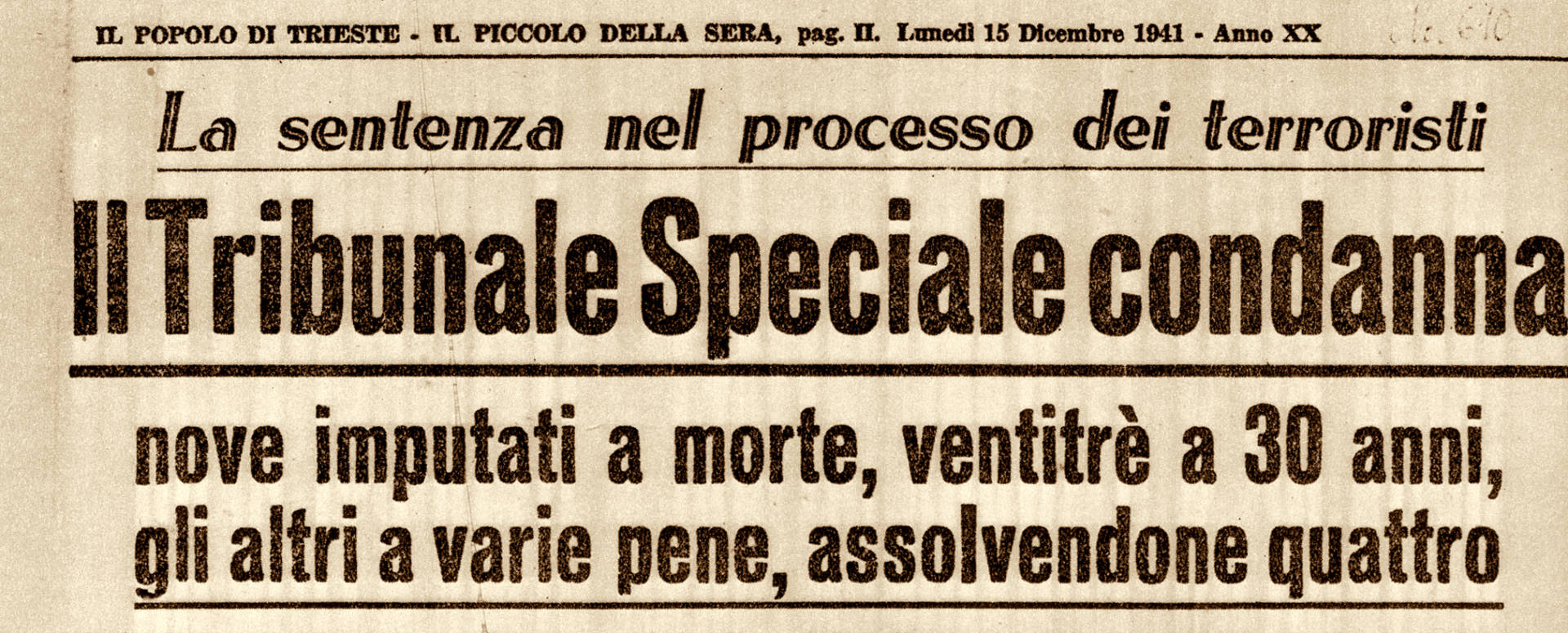
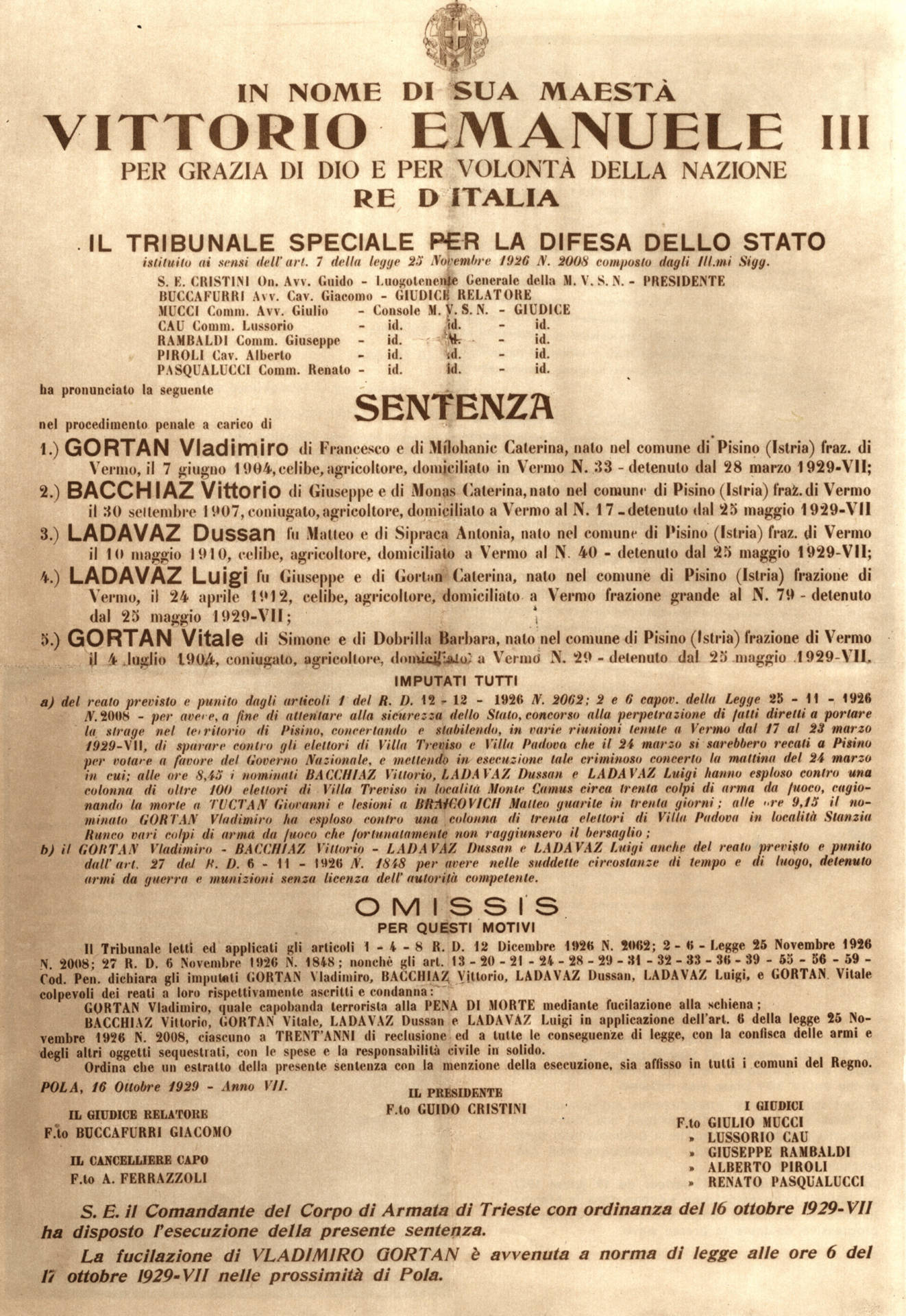
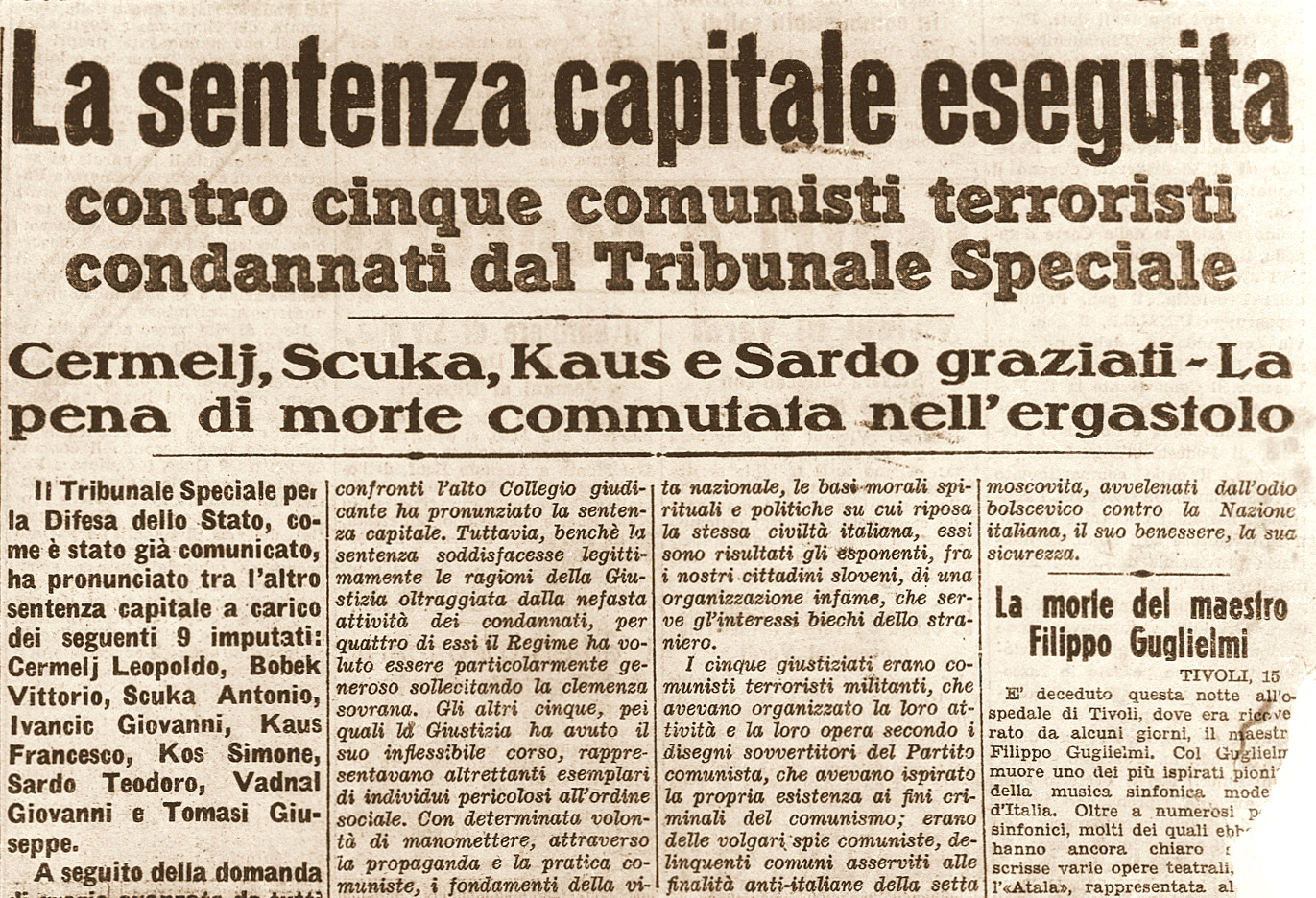 Those sentenced to death were executed by firing squad in Opicina on 15 December 1941.
Those sentenced to death were executed by firing squad in Opicina on 15 December 1941.
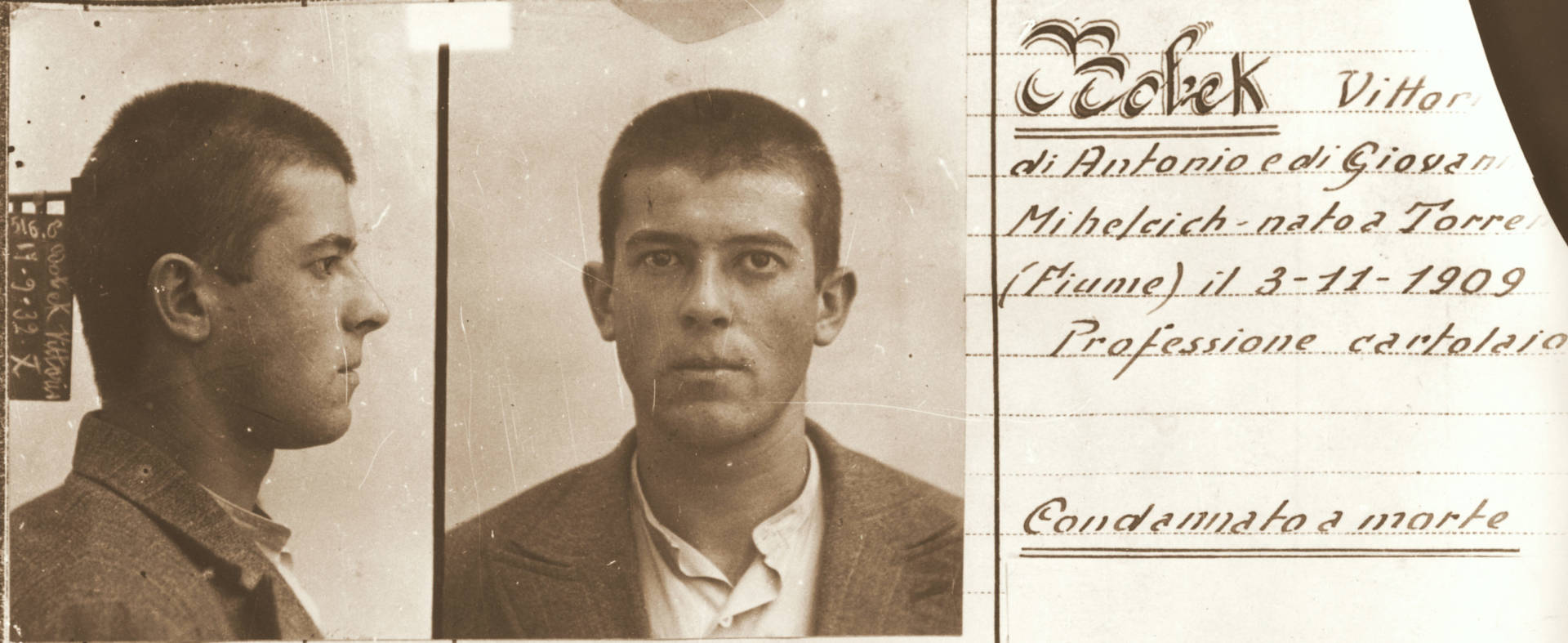 Viktor Bobek, member of TIGR, 32 years old.
Viktor Bobek, member of TIGR, 32 years old.
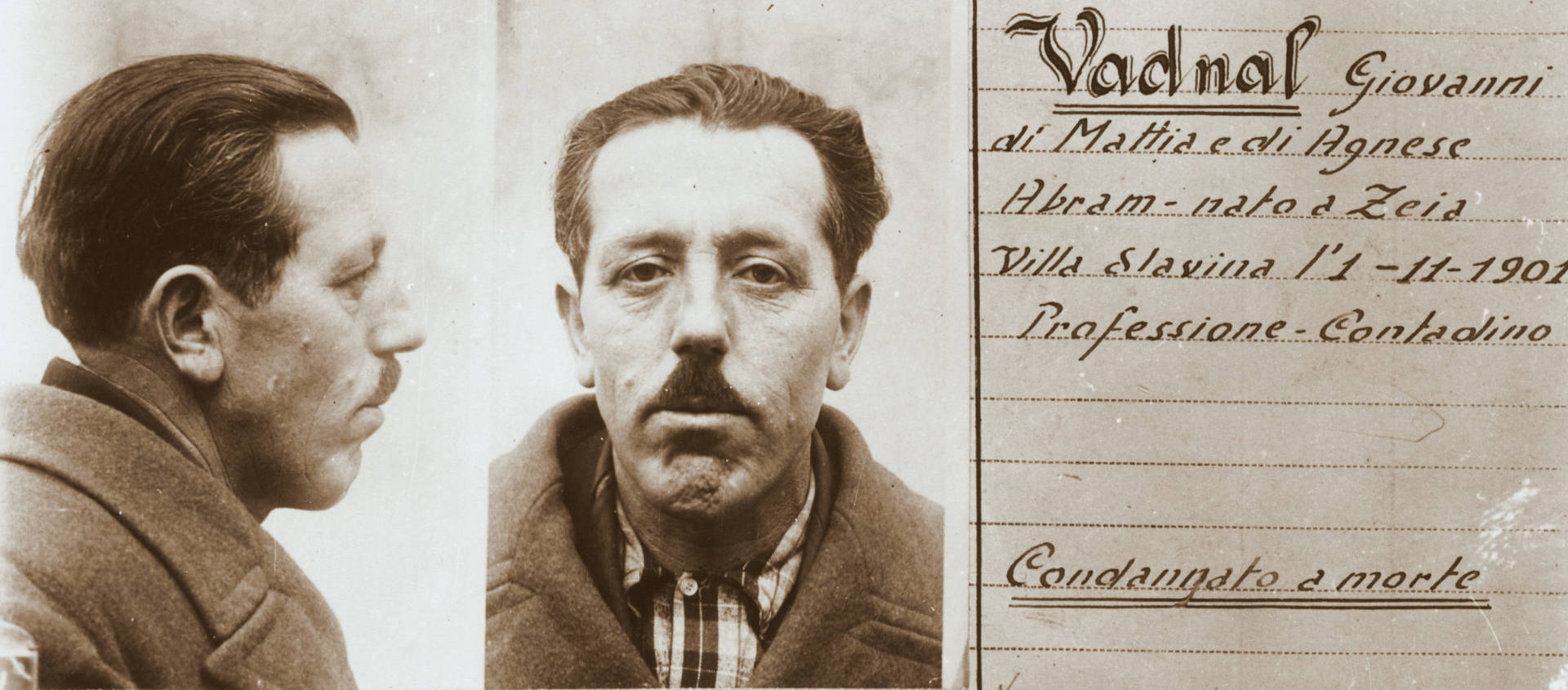 Ivan Vadnjal, member of TIGR, 40 years old.
Ivan Vadnjal, member of TIGR, 40 years old.
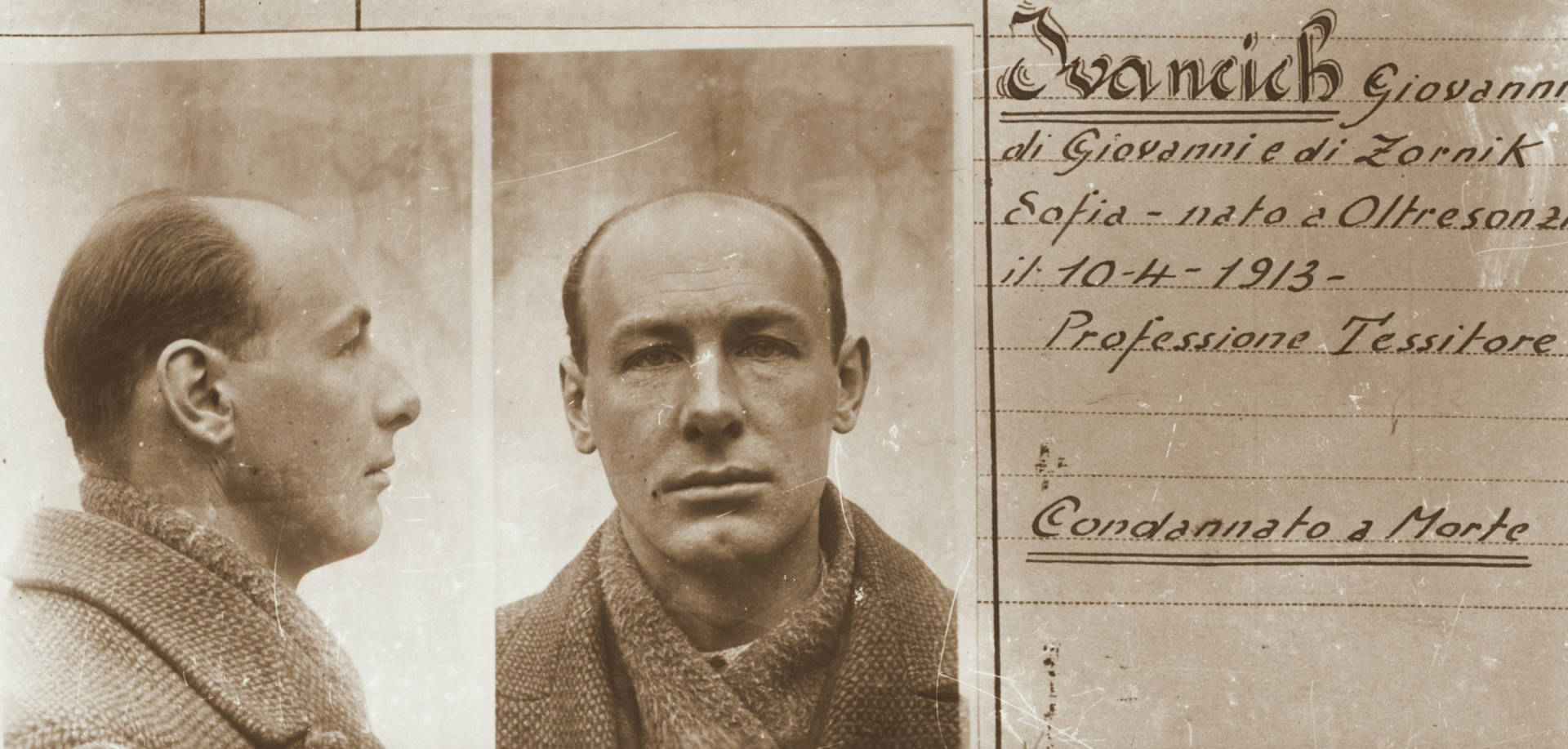 Ivan Ivančič, member of TIGR, 28 years old.
Ivan Ivančič, member of TIGR, 28 years old.
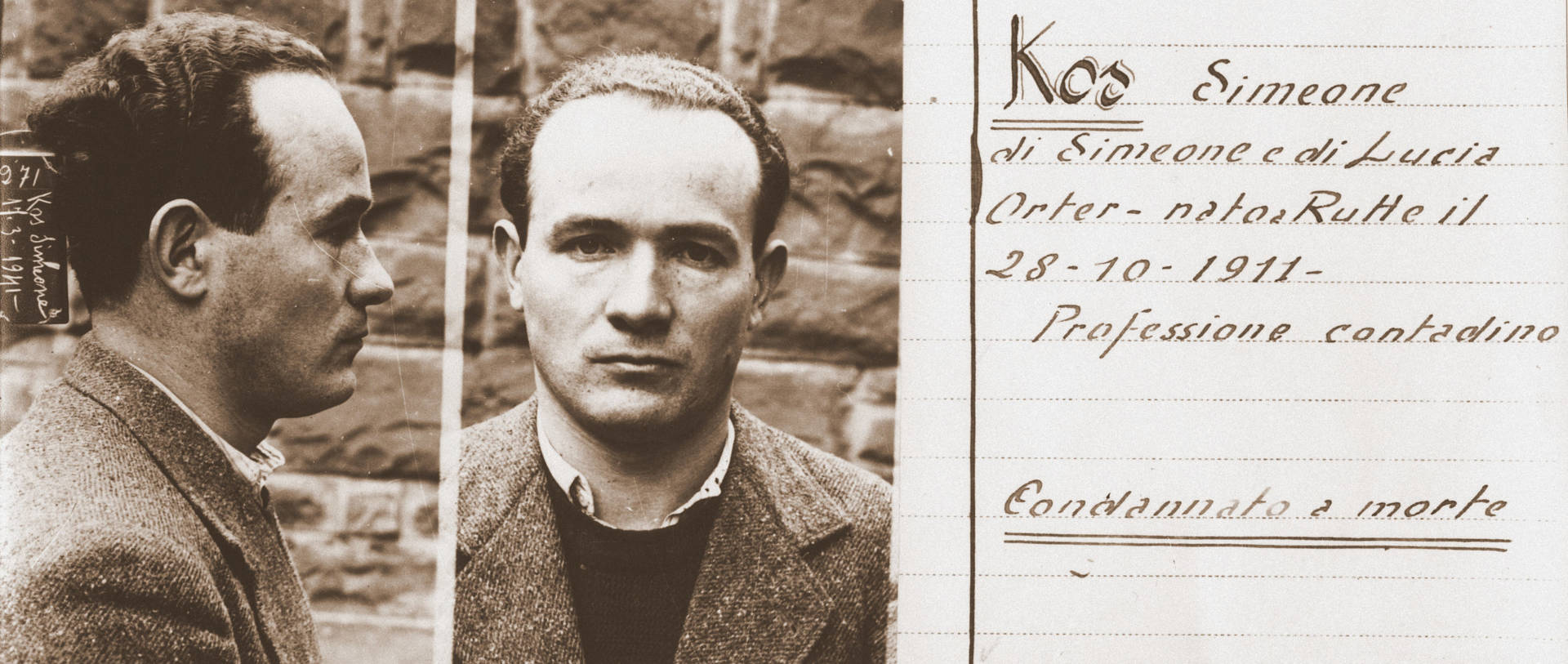 Simon Kos, member of TIGR, 30 years old.
Simon Kos, member of TIGR, 30 years old.
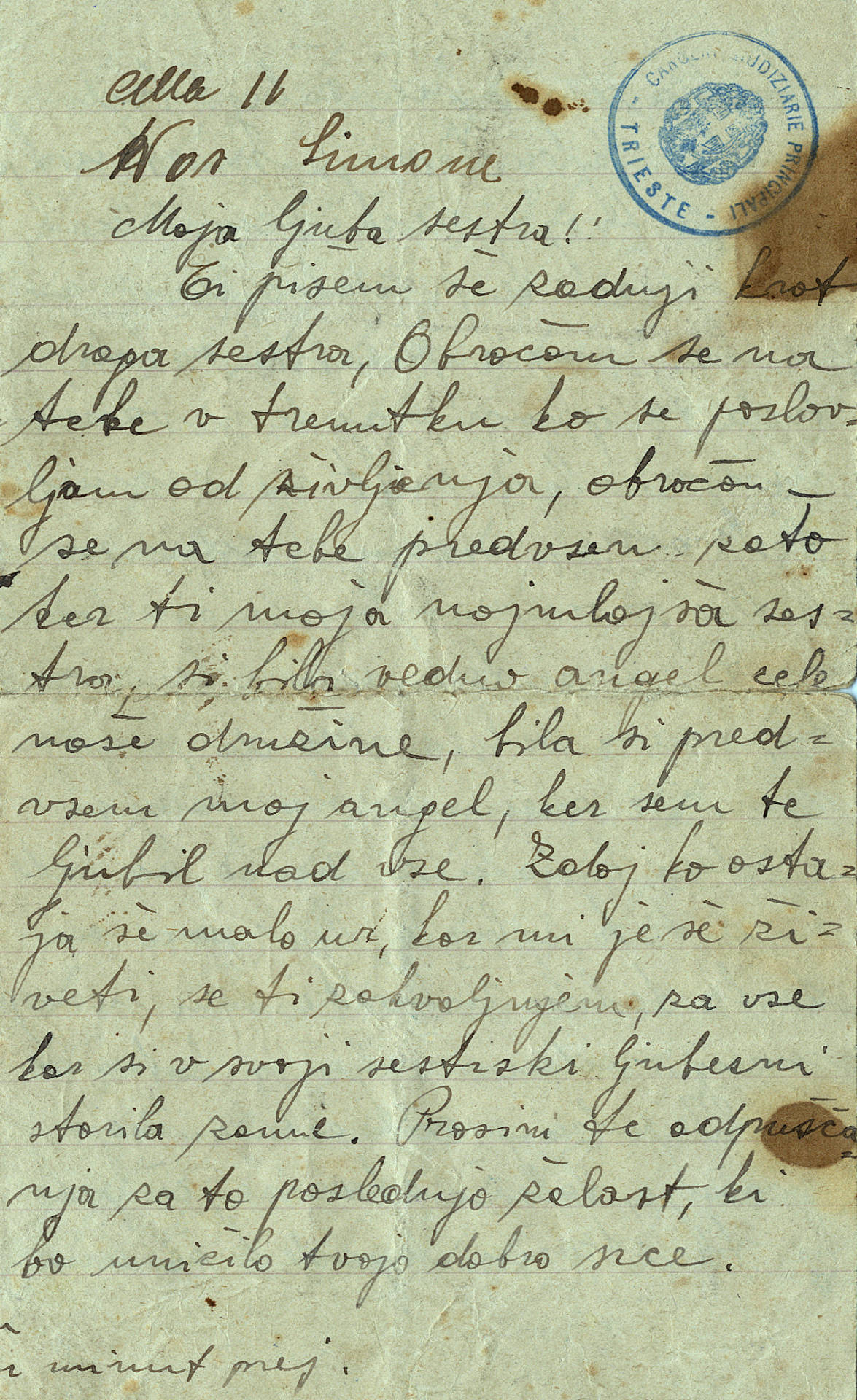 Farewell letter from Simon Kos.
Farewell letter from Simon Kos.
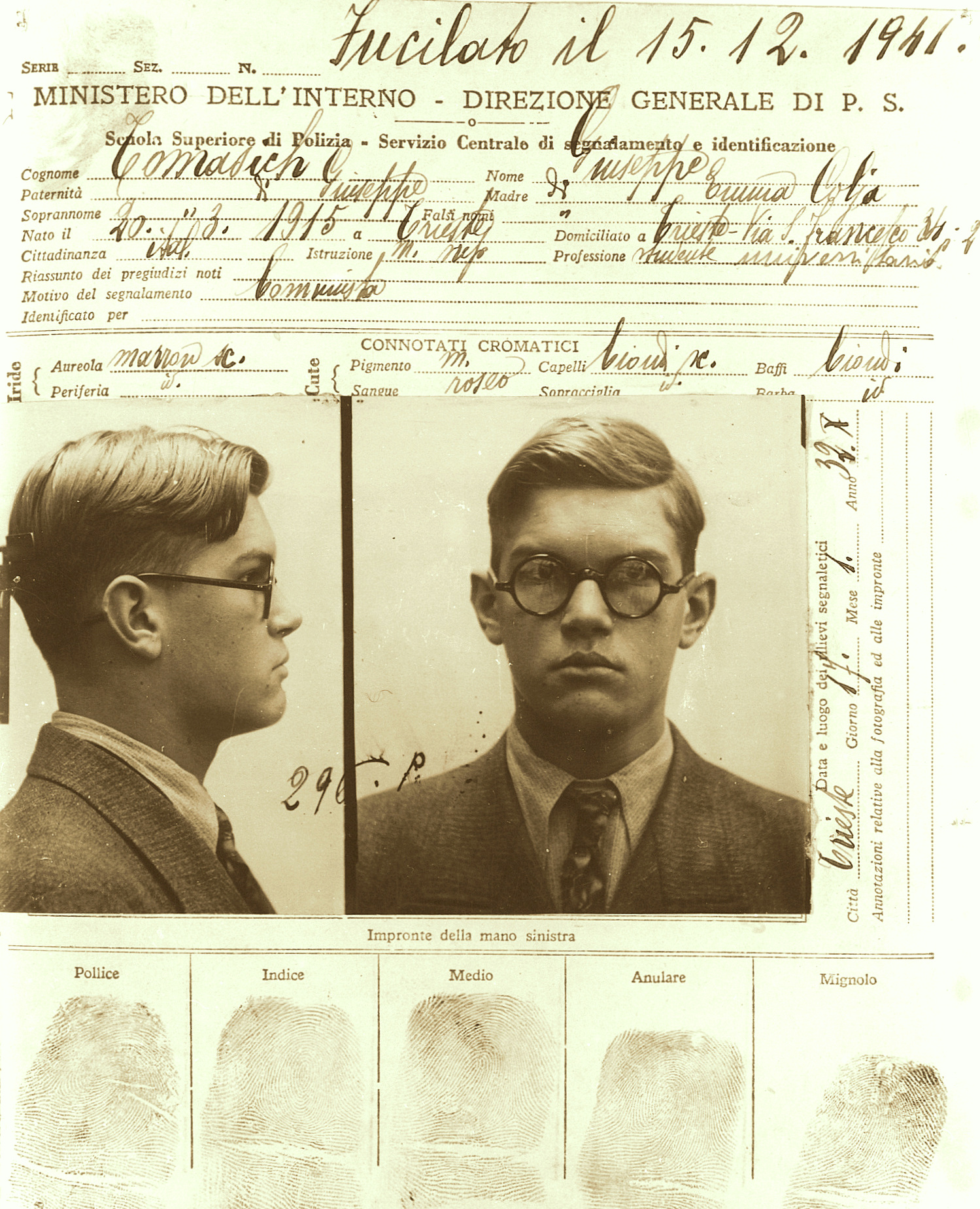 Pinko Tomažič, Communist, 26 years old.
Pinko Tomažič, Communist, 26 years old.
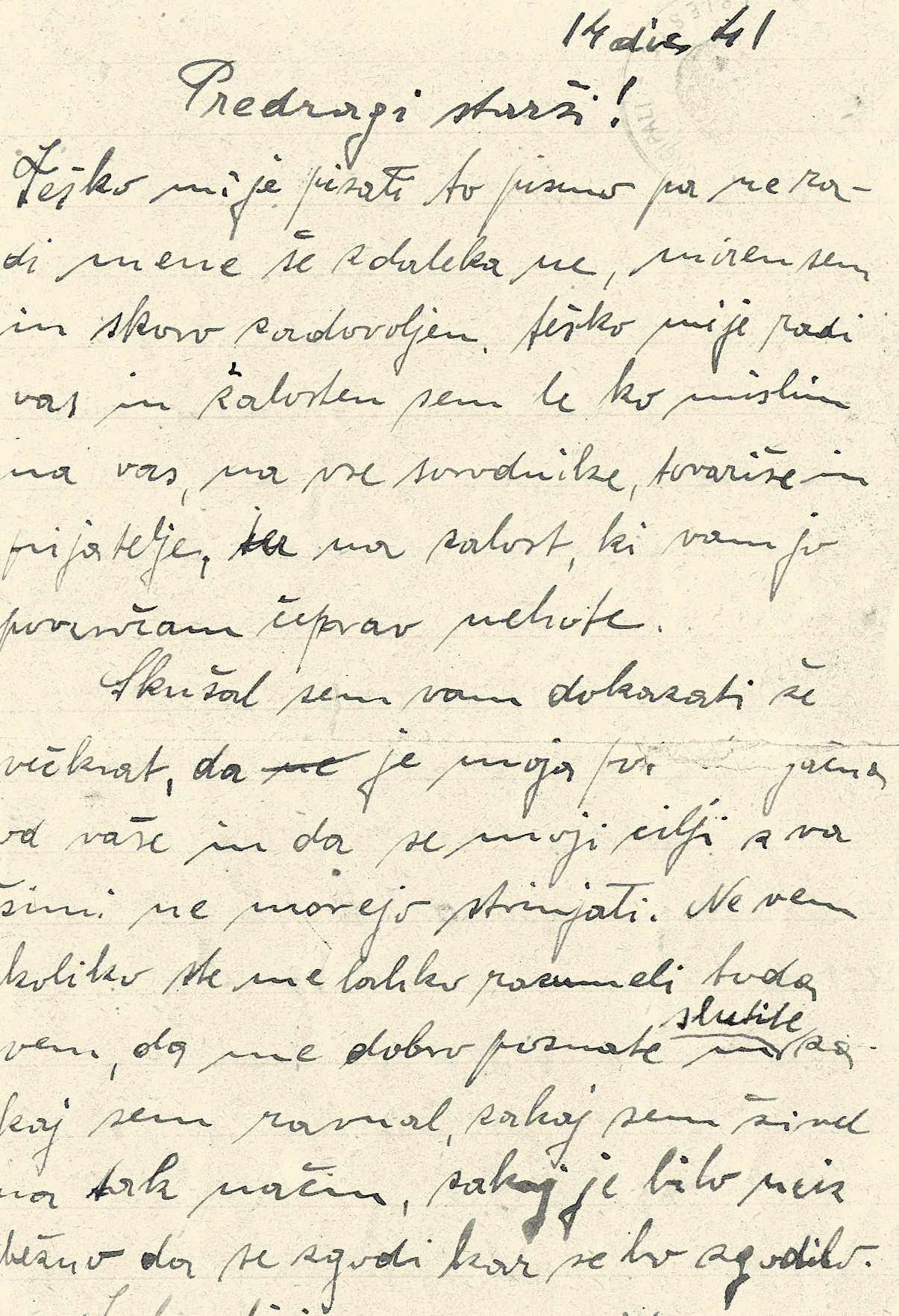 Farewell letter from Pinko Tomažič to his parents and comrades.
Farewell letter from Pinko Tomažič to his parents and comrades.
